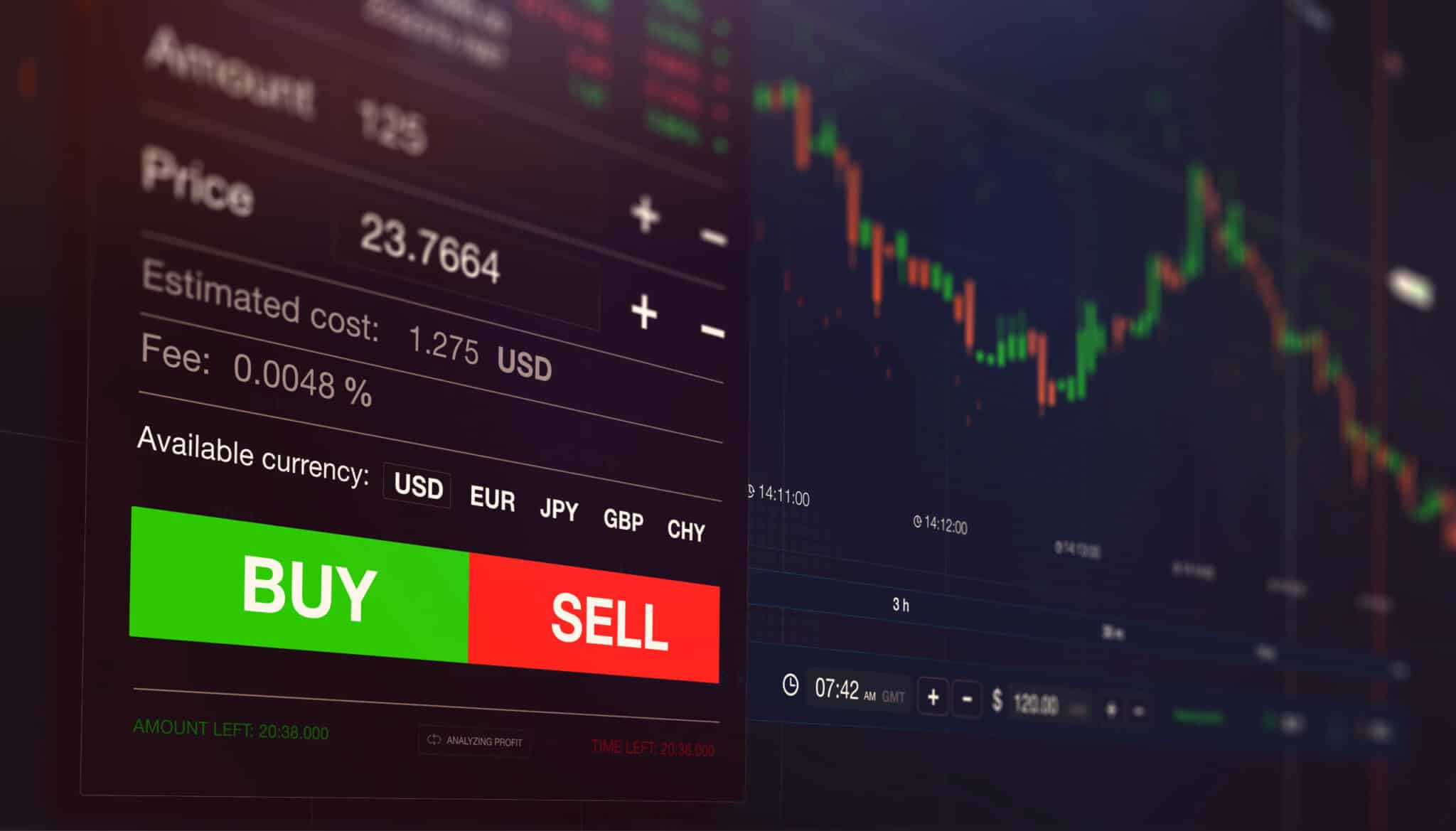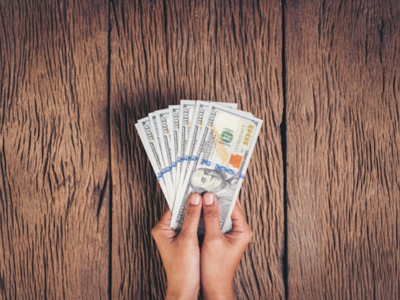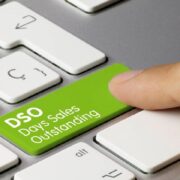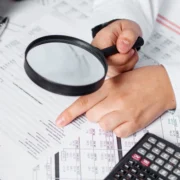Foreign exchange trading, also commonly known as forex trading, is a global market for exchanging currencies. Forex is the largest market in the world, with trades happening affecting everything from the price of clothes and raw materials, to even the amount people pay for drinks. Keep reading below to learn more about this topic.
What is forex trading?
Forex trading, otherwise known as foreign exchange or FX trading, is the conversion of one currency into another. Forex is the most actively traded market in the world, with individuals, companies, banks and other financial institutions carrying out trillions worth of forex transactions every single day.
Although a lot of foreign exchange is completed for practical purposes, the vast majority of currency conversions are undertaken by an fx trader to potentially earn a profit. The amount of currency converted every day can make the price movements of some currencies extremely volatile. This is something forex traders need to be aware of before they can start their forex trading journey.
What is the forex market?
The foreign exchange market is where currencies are traded. One of the most unique aspects of this market is that it lacks a central marketplace, unlike stock exchanges. Instead, currency trading is typically conducted electronically over-the-counter (OTC). This means that all transactions occur via computer networks among traders worldwide rather than on one centralised exchange.
The market is open 24 hours a day, five days a week. Currencies are traded worldwide in major financial centres such as Singapore, Hong Kong, London, New York, Sydney, Tokyo and more. As a result, the forex market is highly active at any time, with price quotes changing constantly.
Understanding currency pairs
A forex pair is a combination of two currencies that are traded against each other. There are hundreds of different combinations for traders to choose from, but some of the most popular include the euro against the US dollar (EUR/USD), the US dollar against the Japanese Yen (USD/JPY), and the British pound against the US dollar (GBP/USD).
The left side of a currency pair is the base currency, whereas the one on the right side is the quote currency. The base currency is always equal to one, and the quote currency is equal to the currency quote price of the pair. This shows how much of the quote currency it will cost to buy one of the base currency. When trading currencies, traders are always selling one to buy another.
What is a pip?
A pip in forex is usually a one-digit movement in the fourth decimal place of a currency pair. However, if a trader is trading JPY crosses, a pip is a change at the second decimal place. A price movement at the fifth decimal place in forex trading is known as a pipette.
Why do people trade Forex?
Taking a position on currencies
Traders make a prediction on forex pairs to potentially take advantage of one currency strengthening or weakening against another. When the price of a pair is rising, it means that the base is strengthening against eh quote and when it is falling, the base is weakening against the quote.
This is because a rising price means that more of the quote currency is needed to buy a single unit of the base currency. Vice versa, a falling price means that fewer of the quote currency is needed to buy one of the base currency. So, traders are likely to go long if the base is strengthening relative to the quote currency, or short if the base is weakening instead.
Some popular forex trading styles include scalping, day trading, swing trading, and position trading. Traders can pick a different style depending on whether they have a short or long-term outlook.
Hedging with forex
Hedging is a way to mitigate exposure to risk. It is achieved by opening positions that will still stand to potentially make a profit if some of the other positions decline in value. As such, the gains will hopefully offset at least a portion of the losses. Currency correlations are effective ways to hedge forex exposure. An example would include EUR/USD and GBP/USD, which are positively correlated because they tend to move in the same direction. Therefore, traders should short on GBP/USD if they had a long EUR/USD position to hedge against potential market declines.
Seizing fresh opportunities
The forex market is open 24 hours a day as a result of the global network of banks and market makers that are constantly exchanging currencies. The main sessions are usually in the US, Europe, and Asia, and the time differences between these locations enable the forex market to be open 24 hours a day.
Ways to trade Forex
Most forex trades are not made for the purpose of simply exchanging currencies, but rather to speculate on future price movements, similar to stock trading. As such, most forex traders are attempting to buy currencies whose value they think will increase relative to other currencies or to get rid of currencies whose purchasing power they anticipate will decrease.
There are a few different ways to trade forex, which will accommodate traders with various goals:
The spot market: This is the primary forex market where those currency pairs are swapped and exchange rates are determined in real-time, which is based on supply and demand.
The forward market: Instead of executing a trade now, forex traders have the option of entering into a binding private contract with another trader. They can lock in an exchange rate for an agreed-upon amount of currency on a future date.
The futures market: Similarly, traders can opt for a standardised contract to buy or sell a predetermined amount of a currency at a specific exchange rate at a date in the future. This is done on an exchange rather than privately, like the forwards market.
The forward and futures markets are primarily used by forex traders who want to speculate or hedge against future price changes in a currency. The exchange rates in these markets typically are based on what is happening in the spot market, which is the largest out of the three and where a majority of forex trades are executed.
What moves the forex market
The forex market is made up of currencies from all over the world, which can make exchange rate predictions difficult as there are many forces that can contribute to price movements. That said, the following factors can all have an impact on the forex market.
News reports
Commercial banks and other investors tend to want to put their funds and capital into economies that have a strong outlook. So, if a positive piece of news hits the markets about a particular region, it will encourage investment and increase demand for that nation’s economy. On the flip side, if negative news occurs, the demand may be expected to fall. This is why currencies tend to reflect the reported economic health of the region they represent.
Central banks
A currency’s supply is controlled by central banks, which can announce measures that will have a more significant impact on a currency’s price. Quantitative easing, for instance, involves injecting more money into an economy and can cause a currency’s price to fall in line with an increasing supply.
Market sentiment
Market sentiment, which often reacts to the news, can also play a major role in driving currency prices. If traders believe that a particular currency is heading in a certain direction, they will likely trade accordingly and it may convince others to follow suit, thereby increasing or decreasing demand.













Comments